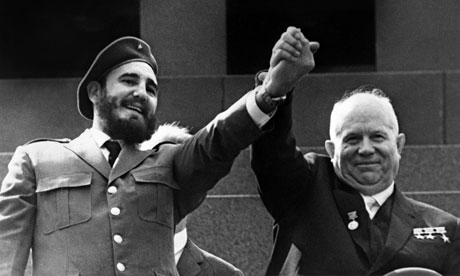The Civil Rights Movement was a series of worldwide political
movements aimed at gaining equality before the law. These movements were executed in many forms,
usually in nonviolent forms of resistance, but in some instances, civil unrest
and rebellion occurred as well. Although this movement and the many countries
who participated in this process didn’t achieve all of their goals, the
movement did lead to improvements in the legal rights of previously oppressed
groups of people.
"The African American struggle for freedom and equality... was a struggle not just for individual leaders, however charismatic, but of ordinary men and women who found the courage and dignity to demand change."[1]
Many of the activists and leaders who participated in the
movement have been people like Martin Luther King Jr., Stokley Carmichael,
Jesse James, and Malcolm X. However, there were many influential women who were involved in
the movement and its progression. More specifically, the participation of
Coretta Scott King in the movement is very interesting. Coretta Scott King was
the wife of Martin Luther King Jr. and a civil rights leader. Although Coretta
was interested in being a more public figure, her husband had conflicting
feelings.
 |
| Montgomery Bus Boycott, 1965 |
King acknowledged that his wife was a huge part of his success
stating: “I am indebted to my wife Coretta, without whose love, sacrifices, and
loyalty neither life nor work would bring fulfillment. She has given me words
of consolation when I needed them and a well-ordered home where Christian love
is a reality.”[2]
However he had a hard time accepting Coretta’s desire to be more involved in
the movement because he wanted her to be home raising their children. This
seems slightly contradictory considering what they were all striving to
achieve, but despite these setbacks Coretta did actively participate in the
movement. Coretta was an influential character in the movement in the 50s and
60s and she even became the leader of the Civil Rights Movement after the assassination
of her husband.
 |
| Coretta speaking at a peace demonstration in D.C., 1970 |
[1] Robert Griffith and Paula Baker, Major Problems in American History Since 1945
[2] http://mlk-kpp01.stanford.edu/index.php/kingpapers/article/chapter_5_coretta/








